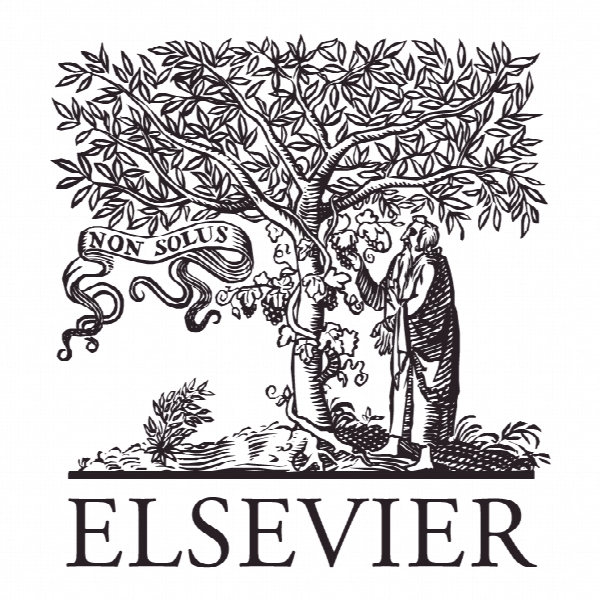هزینه های تحقیق و توسعه، مالکیت نهایی و عملکرد آینده: شواهد از چین R&D expenditures, ultimate ownership and future performance: Evidence from China
- نوع فایل : کتاب
- زبان : انگلیسی
- ناشر : Elsevier
- چاپ و سال / کشور: 2017
توضیحات
رشته های مرتبط مدیریت
گرایش های مرتبط بازاریابی
مجله تحقیقات بازاریابی – Journal of Business Research
دانشگاه مدرسه مدیریت، Xi’an Jiaotong، چین
نشریه نشریه الزویر
گرایش های مرتبط بازاریابی
مجله تحقیقات بازاریابی – Journal of Business Research
دانشگاه مدرسه مدیریت، Xi’an Jiaotong، چین
نشریه نشریه الزویر
Description
1. Introduction The effect of R&D spending on firms’ future performance is always a vital issue. With a growing recognition of the importance of R&D activities, Chinese firms allocate more towards R&D investments. Despite highlighting the importance of R&D investments to superior firm performance, empirical studies have produced mixed results. On the one hand, R&D activities facilitate economic rent, develop technological capabilities and acquire first-mover advantage, which all contribute to firms’ future performance (Bowen, Rostami, & Steel, 2010). On the other hand, R&D activities are risky and are not always a driver of superior future performance, and the innovative products and services may not actually satisfy market needs (Liao & Rice, 2010). It is also likely that the gains from R&D activities are appropriated by stakeholders (Bowen et al., 2010). In these cases, R&D expenditures exert negative effects on future performance. Regarding the contrasting study results, current studies suggest that the relationship between R&D investment and future performance is highly contingent on exogenous environmental factors (Jiang, Waller, & Cai, 2013; Rosenbusch, Brinckmann, & Bausch, 2011; Zhang, Li, Hitt, & Cui, 2007). Especially in emerging economies, the institutional environment has an effect on firms’ performance by influencing firms’ decision-making mechanisms (Peng, 2002) and strategic choices (Peng, Sun, Pinkham, & Chen, 2009). Institutional factors such as ownership structure have aroused much scholarly attention from the research fields of technology innovation. China is an economy made up of various ownership types including state-owned enterprises (SOEs) and nonSOEs. SOEs are different from non-SOEs in terms of their strategy orientation (Jiang et al., 2013), how they deploy R&D resources and corporate governance system (Borisova, Brockman, Salas, & Zagorchev, 2012), which may eventually influence their financial performance. In this regard, we therefore analyze the question: whether ownership types moderate the relationship between R&D investments and firms’ future performance? Corporations in East Asian countries often adopt a pyramid ownership structure to control their publicly listed companies (Claessens, Djankov, & Lang, 2000; Fan & Wong, 2002; La Porta, Lopez-De-Silanes, & Shleifer, 1999). Few studies, however, have sought to trace firms’ ownership to their ultimate owners and distinguish them by ultimate owner or controlling stake. We focus on ultimate ownership, which denotes that the shareholder has the determining voting rights and is free from anyone else’s control, to distinguish SOEs and non-SOEs by manual data collection. We use a sample of Chinese listed firms to further investigate the impact of ultimate ownership on the relationship between R&D expenditures and firm future performance.


